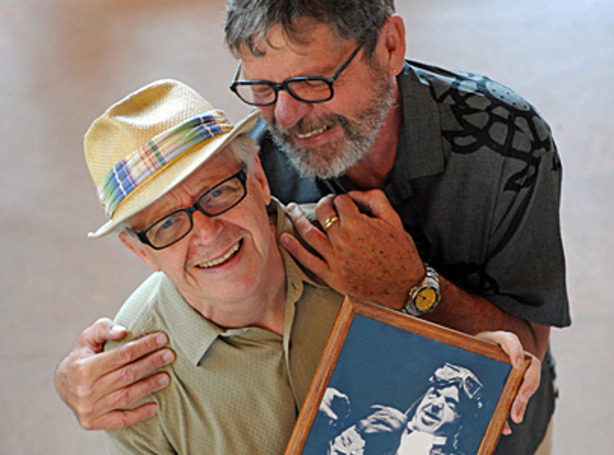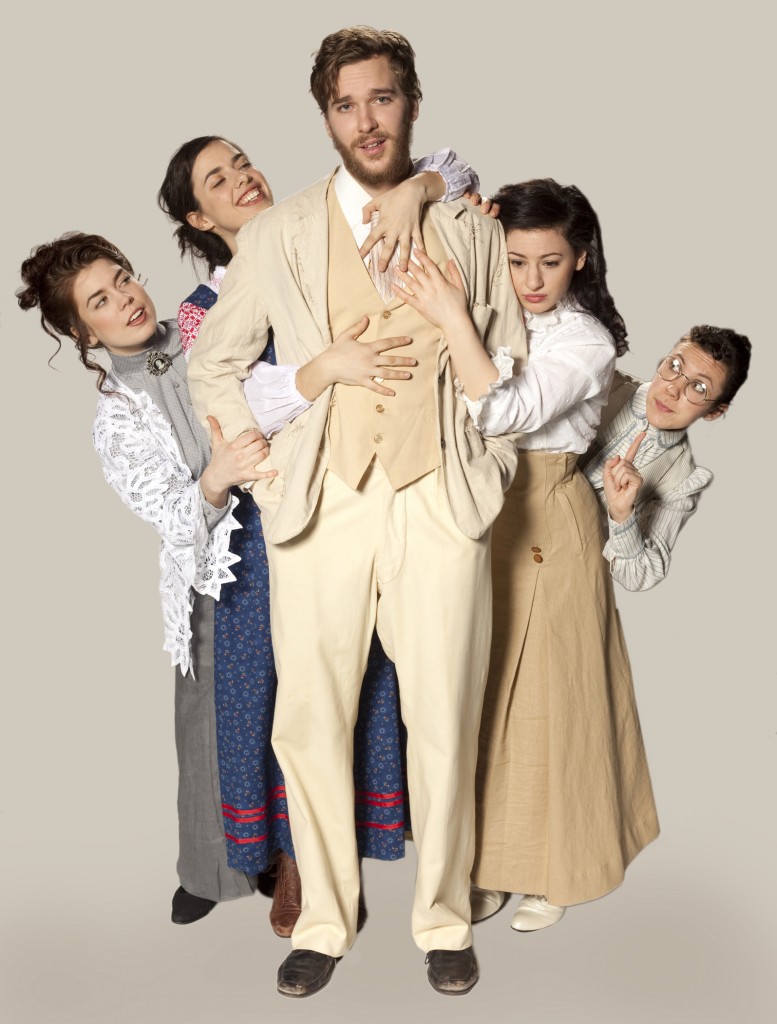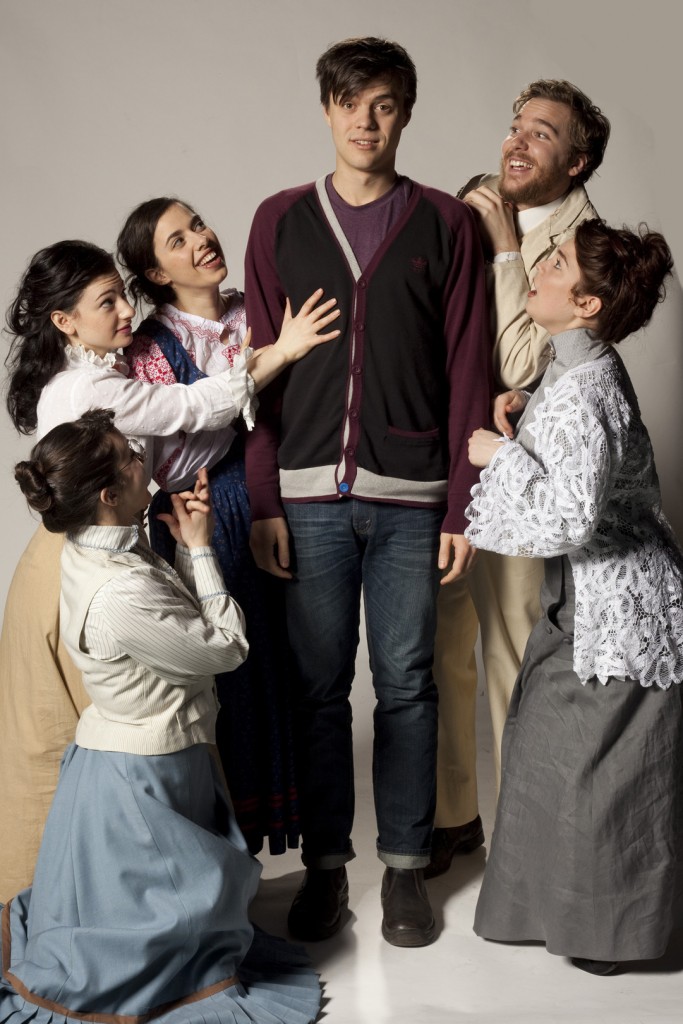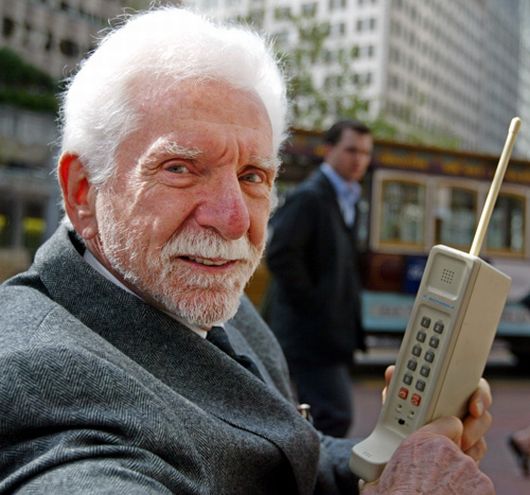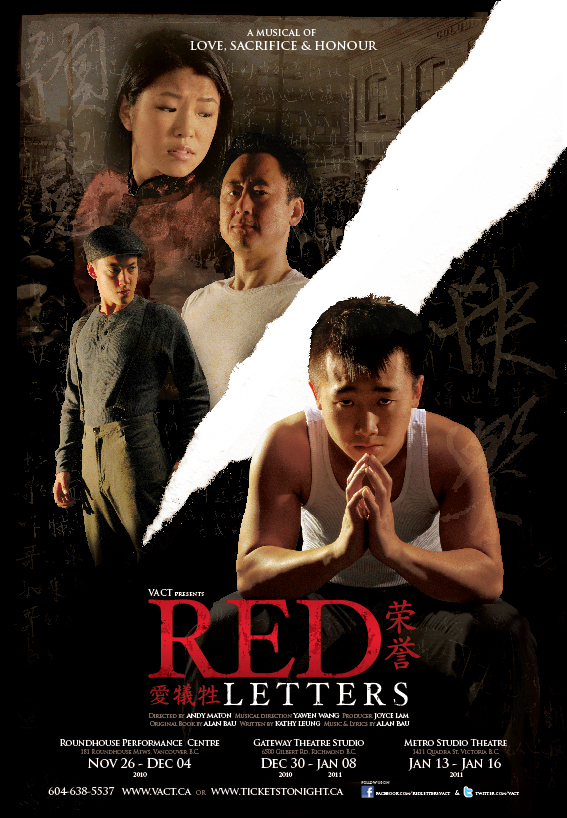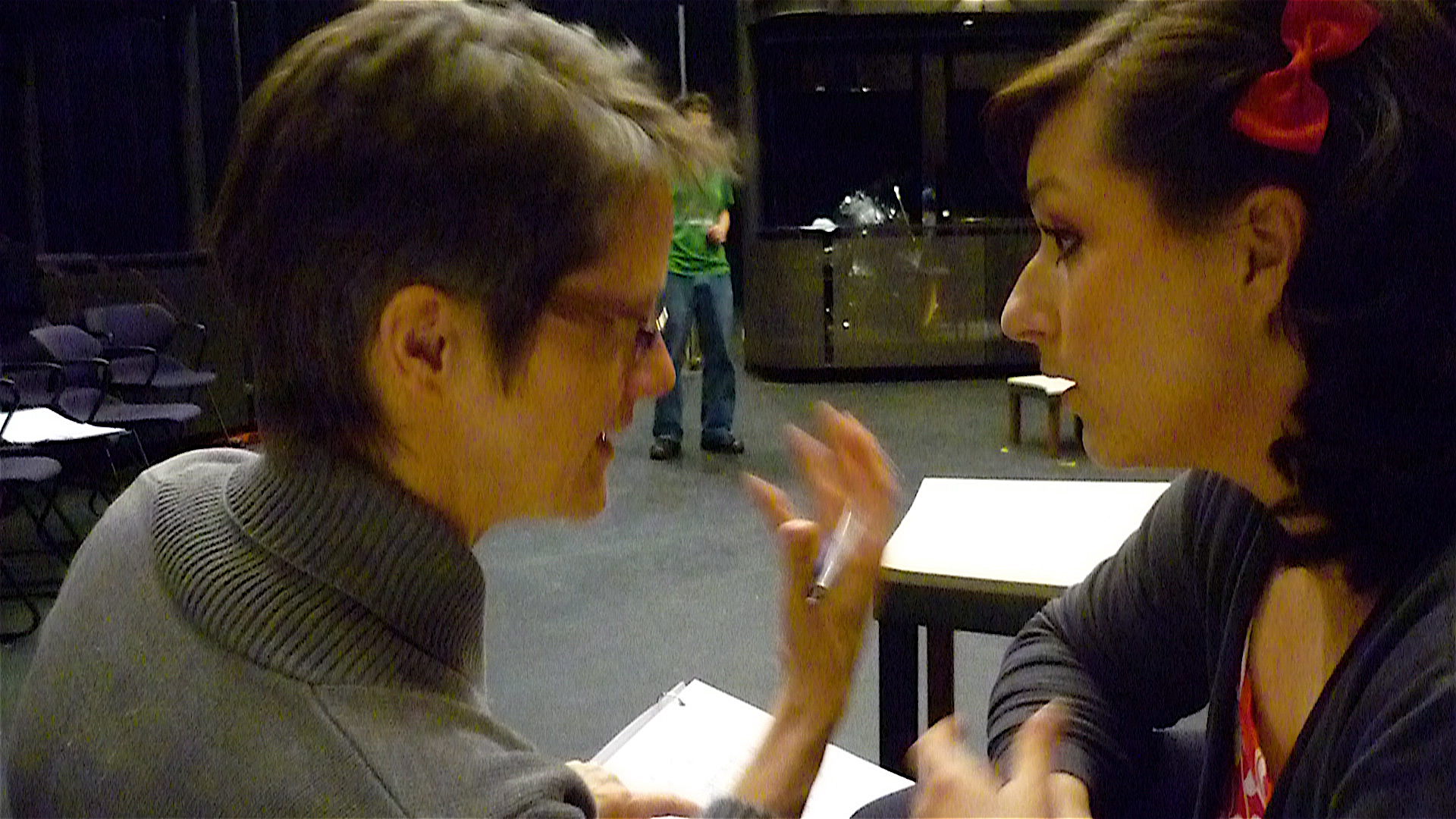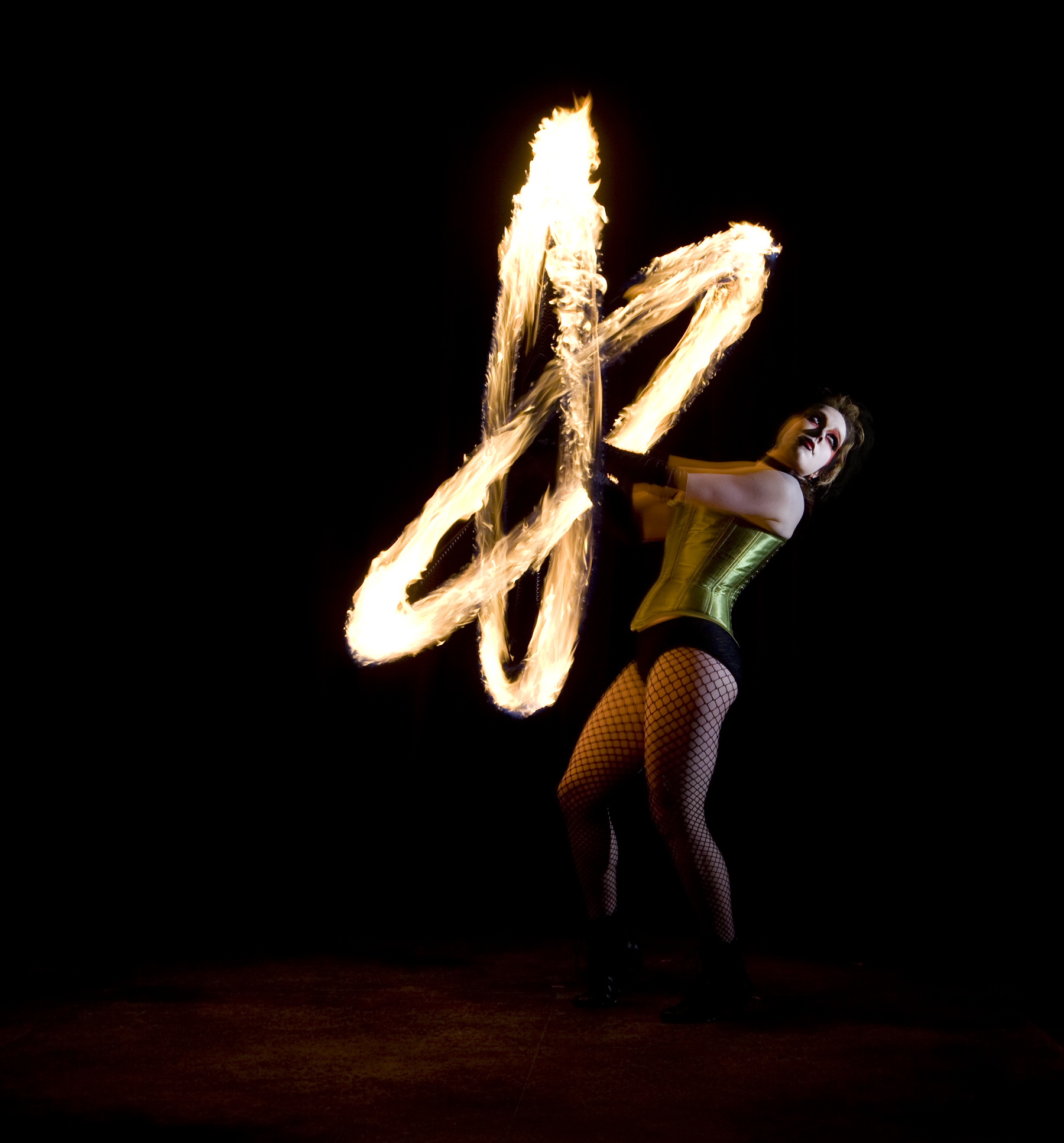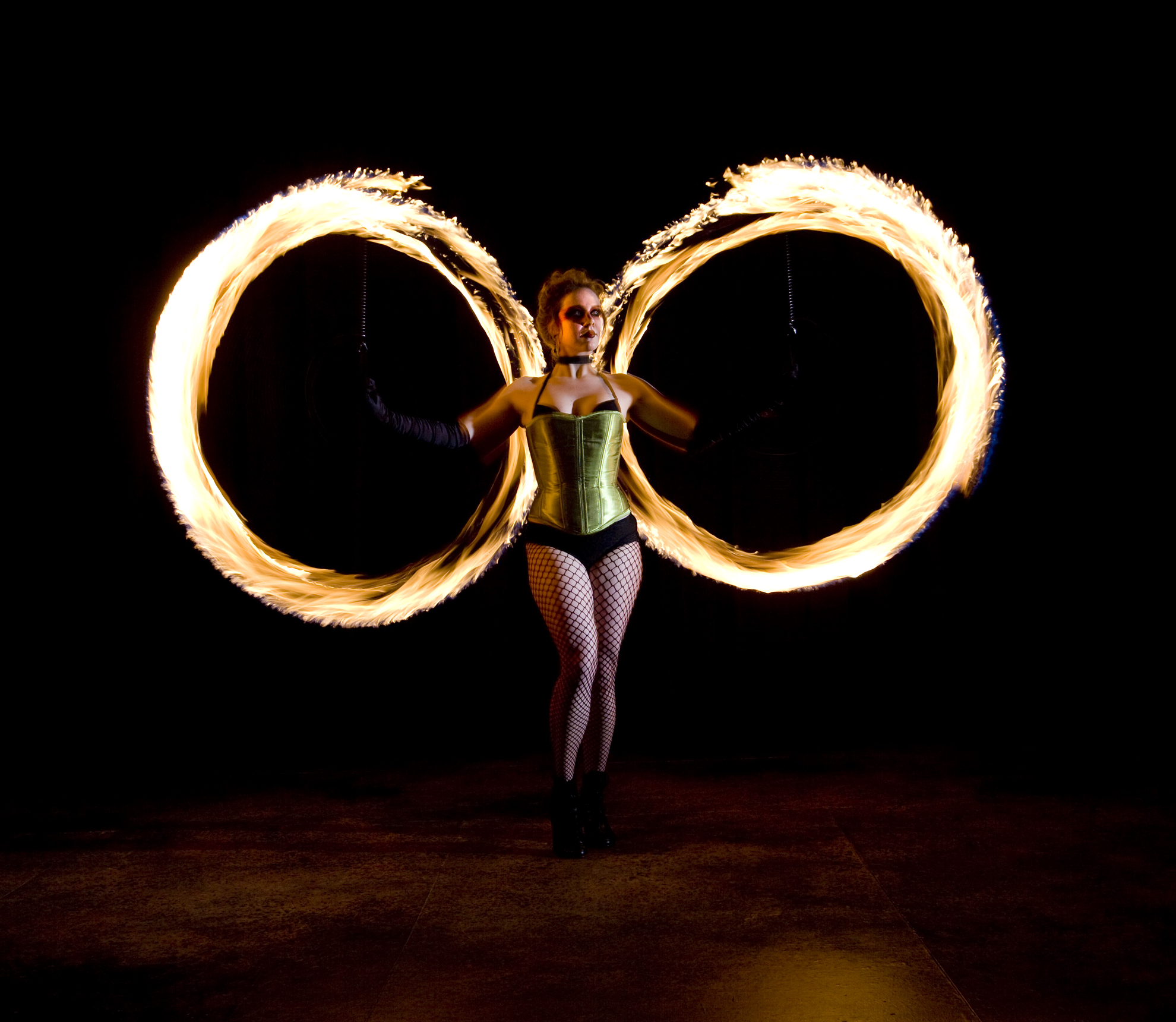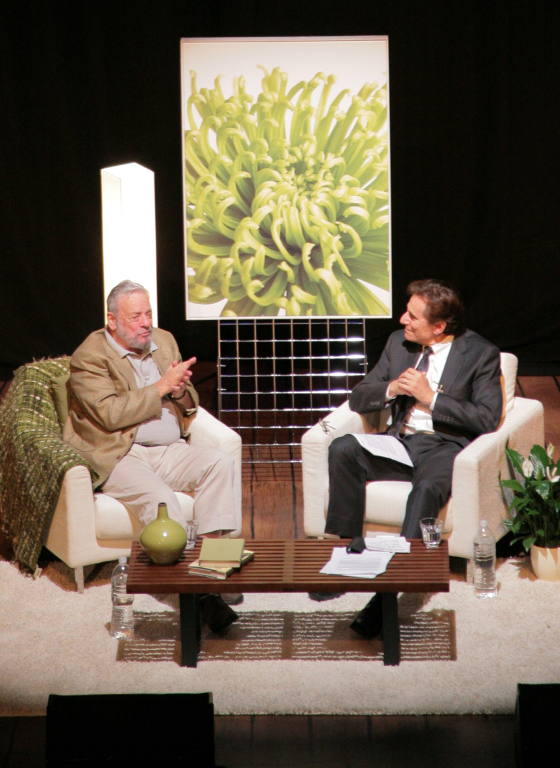30 Years on Alumnus Still Soar
Monday, June 6th, 2011Billy Bishop Goes to War was first written and performed by alumnus John Gray and Eric Peterson in 1978. Our alumnus are still soaring 30 year later as Billy Bishop wings his way back to Toronto’s Young Centre with Soulpepper Theatre! Creators John Gray and Eric Peterson have returned with the beloved story of the celebrated and irreverent Canadian World War One flying ace.
The play premiered originally at the Vancouver East Cultural Centre in Vancouver with Peterson playing 18 different characters, and Gray accompanying him on piano and vocals. This original production toured across Canada, and also was staged in Washington, DC, both on Broadway and off-Broadway in New York City, at the Edinburgh Festival, in Los Angeles and at the Comedy Theatre in London. The libretto was published in 1981 by Talonbooks. The show was produced on Broadway at the Morosco Theatre and afterwards moved to Off-Broadway at the Lucille Lortel Theatre. The play won the Los Angeles Drama Critics’ Award in 1981, the Floyd S. Chalmers Canadian Play Award in 1982 and the Governor General’s Award for English Drama in 1983.
In 1998, Gray and Peterson revised the show, presenting events through the eyes of a much older Bishop recalling his wartime exploits. They again toured the new production across Canada. This revised show was produced with the original actors at Toronto’s Soulpepper Theatre in 2009 and again in 2010 after a second revision was made. Due to the phenomenal success of the show it’s back for the third year in a row as Soulpepper’s entry in Toronto prestigious Lumniato Festival.
Theatre at UBC staged our own highly successful production of the original script a few years back with alumnus Ryan Biel in the Eric Peterson role as “Billy” and John Gray’s son Zachary Gray replacing his father behind the piano and on vocals. [Visit the show site for a look at our handsome production: http://www.theatre.ubc.ca/billy_bishop/index.shtml]
In an interview about the revised version of the script, Eric Peterson stated: “We’ve gone through radical recasting! From a 32 year old to a 62 year old as the actor who’s going to be narrating the show. In a two man play like this, it has incredibly different resonance depending on who’s telling that story. In many cases, we’ve taken some minor rewriting for the production we did when we were 52 and updated them and changed the ending. Now at 62 we’re older than Bishop ever was in the play before.”
We wish these high flyers continued success!
